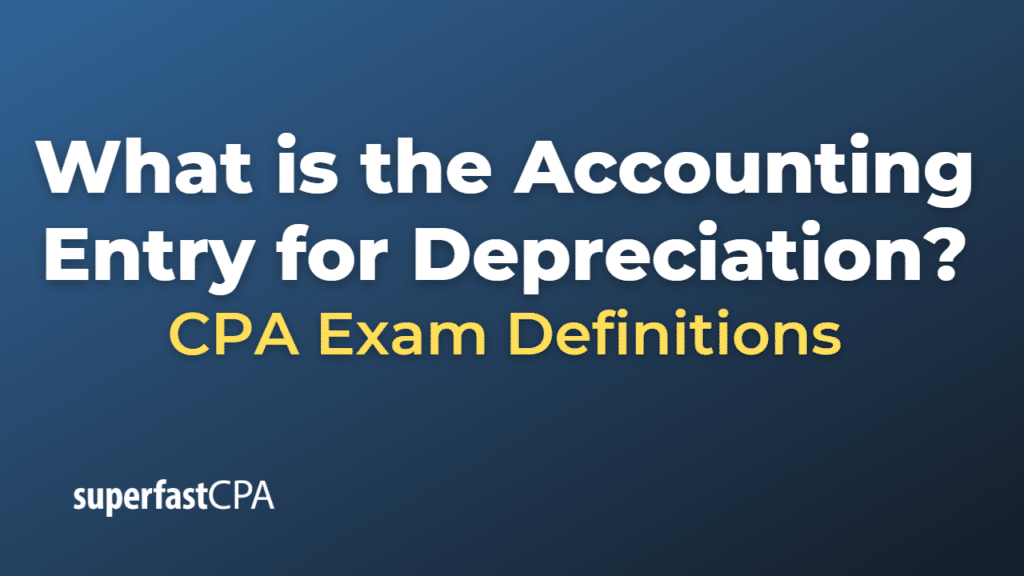Depreciation Accounting Entry
When a business records depreciation, it makes an entry in its accounting journal to represent that expense. The depreciation entry affects both the income statement and the balance sheet. Here’s how it works:
- Debit (increase) the Depreciation Expense account: This is an income statement account that shows the portion of the cost of an asset that is being expensed for that period.
- Credit (increase) the Accumulated Depreciation account: This is a contra asset account on the balance sheet. It’s called a “contra” account because it is paired with and offsets the asset account for the asset being depreciated. As depreciation accumulates, it reduces the carrying (book) value of the asset on the balance sheet.
Example of the Depreciation Accounting Entry
Let’s provide an example using a journal entry for the delivery van example:
Suppose a company purchases a delivery van for $50,000. It estimates that the van has a useful life of 5 years and a salvage value of $5,000.
Under the straight-line method, the annual depreciation expense would be calculated as follows:
\(\text{Depreciation Expense} = \frac{\text{Cost of Asset – Salvage Value}}{\text{Useful Life}} \)
\(\text{Depreciation Expense} = \frac{\$50,000 – \$5,000}{5} \)
\(\text{Depreciation Expense} = \$9,000 \)
So, the company would record a depreciation expense of $9,000 each year for five years.
At the end of the first year, the journal entry to record this depreciation would be:
| Debit | Credit |
|---|---|
| Depreciation Expense | $9,000 |
| Accumulated Depreciation | $9,000 |
This entry increases the Depreciation Expense account, which reduces the company’s net income on its income statement. The entry also increases the Accumulated Depreciation account, which is a contra-asset account that reduces the carrying value (book value) of the van on the company’s balance sheet.
After five years, the Accumulated Depreciation would be $45,000. The net book value of the van on the balance sheet would be its original cost of $50,000 minus $45,000 in accumulated depreciation, which equals $5,000, the estimated salvage value.
It’s important to note that while depreciation reduces the book value of assets on a company’s balance sheet, it doesn’t involve an actual outflow of cash. The cash outflow occurs when the asset is originally purchased.













